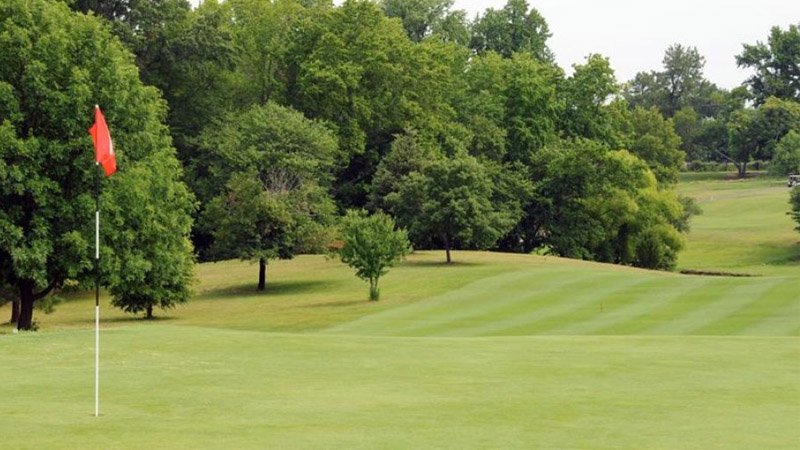
The message has been loud and clear for quite some time: Golf courses are mere playgrounds for the well-to-do, and the public would be better served if the land on which they are located would be repurposed for the greater good. High-density and affordable housing, green space and commercial real estate often are solutions to golf course acreage that are thrown about.
From 2006 through 2020, 2,162 golf courses closed nationwide (624 opened or reopened). After nearly a century of service to golfers in Richmond, Virginia, Glenwood Golf Club is the next 18-hole property facing closure. After a redevelopment plan was approved by county officials, Glenwood will be converted to a nearly 300-home residential community with public green space. But it is likely not the kind of transformation that will satisfy many of the game's vocal detractors.
Open since 1927, Glenwood is the oldest public golf course in Richmond. With prime tee times going for $30-$40, it hardly is a retreat for Richmond's well-heeled residents. Eventually, however, it will house some of them.
The Glenwood story conflicts with the recent trend of public outcry to transform recreational venues for the elite into park space and real estate for use by common folk. Glenwood has weekend morning green fees of $29 for walkers, or $41 with a cart. According to plans submitted to the Henrico County Planning Commission, the project will have 290 single-family homes priced between $300,000 and $400,000.
Godsey Properties originally submitted plans in February to Henrico County commissioners to buy the property from owners Harry Griffin and Frank Adams and convert Glenwood into a 320-home development. The initial plan was rejected by the commission, which eventually approved a revised proposal in July that included just 290 homes and lot zoning changes.
The owners bought the property in 1996 for $4.5 million. The land today is assessed by the county for a value of $1.32. Godsey Properties has agreed to buy the parcel for $3.5 million, according to published reports.
The plan also includes preserving existing trees, walking trails, a park and playground, two pavilions and retaining existing ponds. A stream that runs through the golf course will separate two phases of the project.
The developer anticipates the project will be completed in 2027.



